On the desktop
[responsivevoice_button]
The team at Schiit call the Asgard 3 a “…complete single-box solution for all your desktop needs”. Well, technically that can be true if you happen to listen to digital audio via USB and happen to tick one of the DAC module options with your purchase. The review sample sent to us by Schiit happened to be the top-of-the-line multibit model, meaning I would be able to test the Asgard as a standalone DAC/amp unit. The DAC is bus-powered and was recognised immediately by both my Mac and Android devices without having to switch on the amplifier section itself.
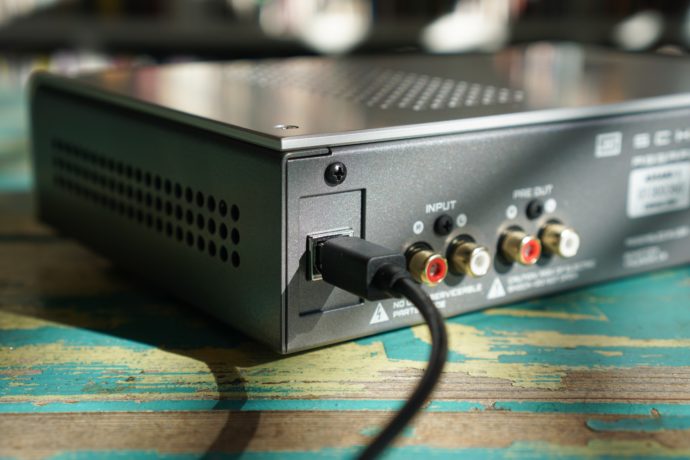
The additional line-level RCA inputs allowed me to be able to connect the Asgard 3 to external DAC and vinyl sources, as well as to the analogue-out on my HDMI desktop monitor, meaning I could run console games and Netflix through it and easily switch between sources via the switch on the front, which was super-handy. Some A/B testing between both the onboard and external DAC showed the output level of the multibit card to be slightly lower than the line-level output of other DACs. I had to lower the volume of the Topping E30 by exactly 6dB to have a volume-matched level between both sources.
A muting relay means that the Asgard 3 takes around ~8 seconds to start playing music after being switched-on – this did confuse (and scare me) a couple of times initially, but it’s something you become accustomed to pretty quickly. Depending on how you have your desk configured, the rear-mounted power-switch might either be tolerable, or plain annoying. While I was happy to see the removal of the front LED from the Asgard 3, I often found myself not knowing whether the amp was actually switched-on or not, as the interior light is not easily visible from all angles. This can be further confused by the fact that your computer/playback device will tell you that the DAC is “on”, but then…no sound.
However, there’s one sure-fire way to know whether the Asgard 3 is switched-on or not: you simply need to put your hand near it. Like the Asgards of yore, the Asgard 3 gets hot. ‘Continuity’ output might sound like some new-fangled amplification tech, but rest assured that it still gets plain-old Class-A toasty. You’ll never be in any danger of injury by any means, but if you have a cat, they will try and sleep on top of the Asgard 3 while it’s switched on.
I hooked the Asgard 3’s pre-outs to the Burson Bang power amplifier which I currently have on my desktop powering my KEF LS50’s in a nearfield arrangement. The Asgard 3 Multibit made for a terrific pre-amp with the Burson Bang, the simplicity and tactility of its volume pot made locating and adjusting it a breeze. The imaging capabilities of the LS50’s were remarkably on-show using this arrangement, with a terrifically clear centre-image and great structure and definition between individual instruments.
Headphone performance
Note: all the listening experiences outlined here were used with the Asgard 3’s multibit DAC section unless mentioned otherwise.
So far, the Asgard 3 has proven itself to deliver beyond expectation in terms of build and functionality, so the proof would definitely lay in its ability to deliver against its raison d’être: making headphones sing. The Asgard 3 enters a crowded and competitive market, but is also positioned slightly higher than the hotly contended ‘lightweight’ segment: at $199 for the pure amplifier, the Asgard 3 costs exactly double that of the Magni Heresy/3+ and its cohort of competitors, including the JDS Labs Atom. However, the Asgard 3 nearly doubles the Magni’s output at 16 ohms, and as is able to deliver just over one more Watt of power at 32 ohms (3.5W vs 2.4W).
As you and I both know, numbers on a page do not magically equate to good sound quality. What the Asgard 3 has going for it spec-wise however, is future-proofing. That kinda power will happily drive any kind of dynamic driver headphones, and probably most insensitive planars without breaking a sweat. If we’re looking at the Asgard 3 through the lens of buying “all the amp you’ll ever need”, then I can promise you that it’ll certainly deliver in the horsepower department. In high-gain mode, the Asgard 3 easily had the 600-ohm Beyerdynamic T1 into more-than-comfortable listening levels at 9 o’clock on the volume pot. The 300-ohm Sennheiser HD600 and HD650 required a fraction-less volume, landing at around 8:45.
The Asgard 3 impresses with its ability to quickly switch from brute strength on high-gain mode to displaying finesse and control in low-gain mode with low impedance headphones and IEMs. Both the 32-ohm Grado PS500e and the 10-ohm Craft Four CIEMs were able to be used with an absolutely black background, zero hiss, zero hum, and no audible channel imbalance whatsoever. Both the Grado and Craft Ears CIEMs had plenty of available play in the volume pot but never needed to go past 9 o’clock. There is seriously so much power in this amp that I feel that the knob will never even get close to half-way.
I may have been giving the impression that the Asgard 3 is somewhat of a blunt $199 sledgehammer of an amp thus far, but this is actually far from the case. In fact, the Asgard 3 sounds absolutely stellar. Only a short amount of listening is required for it to confirm that it sounds composed, lively and agile. In terms of tonal characteristics, the Asgard 3 has a rich, coherent tone that’s overall extremely pleasing, and genuinely musical.
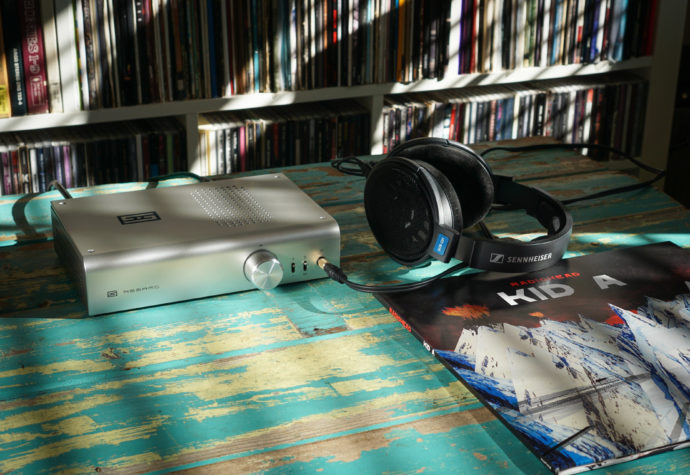
vs SMSL SP200 THX 888
Describing the sound of a solid-state amplifier can often be a fairly straightforward affair – certain examples, such as the SMSL SP200 adds loudness with absolute fidelity, and that’s it – nothing but the truth. Whereas the SMSL is all ‘facts’, the Asgard 3 delivers all the same information but recreates it in a way that’s can keep you listening album after album without the coldness and potential fatigue that can come from listening to a brighter pair of cans, such as the Beyerdynamic T1. While the SMSL adds the additional convenience of balanced inputs and outputs, sonic preference will largely come down to individual tastes. However, the lower price of the Asgard 3 combined with its far superior volume pot makes it an easier amp for me to recommend – particularly if you’re looking fora less neutral take on affairs.
Head over to Page Four for more, just CLICK HERE.





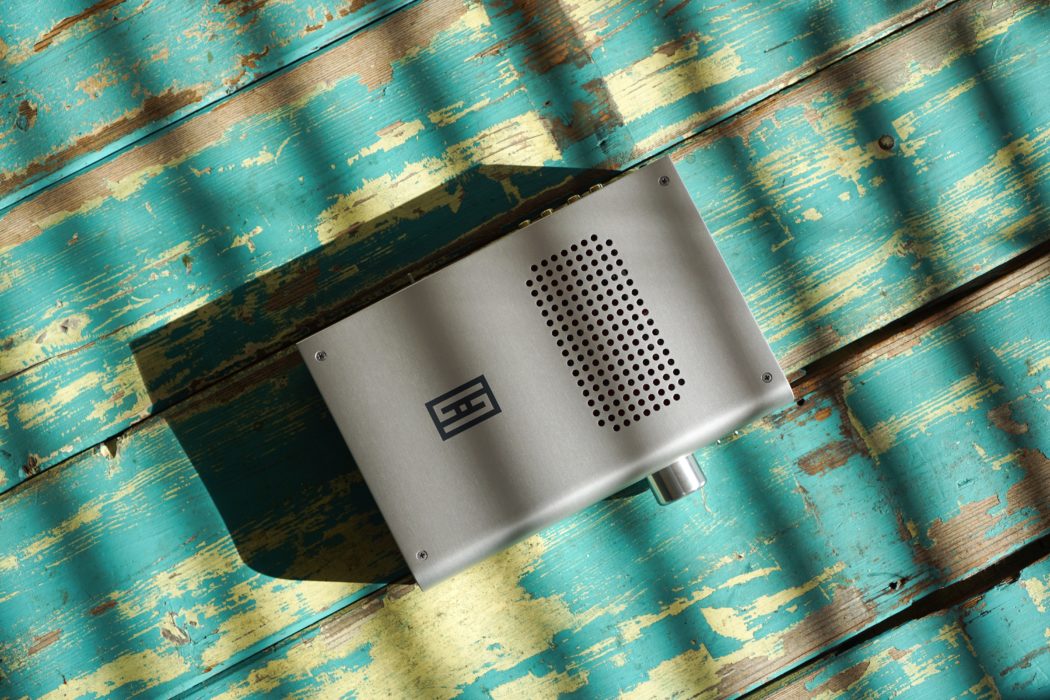
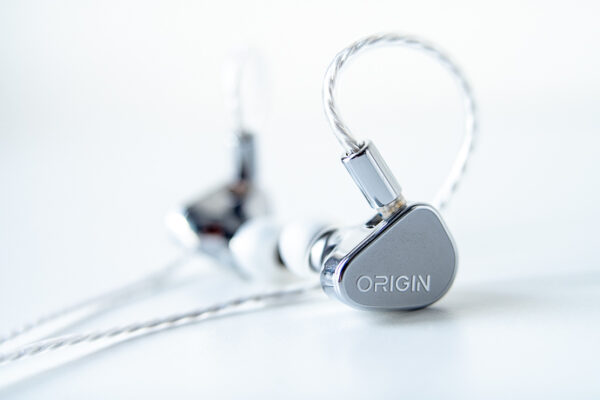
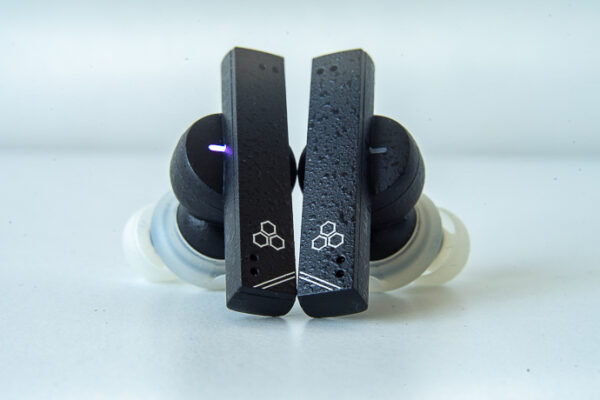
McLambo
Great review
Now; how to get one in Europe (NL) curreny???
Hermanni
I think there is a website ( schiit audio europe.com ) or something if I remember correctly. There you can buy Schiit stuff if you live in EU.
McLambo
Thanks for the tip Hermanni. I’ve been eyeballing this site for weeks on end, but they have no stock whatsoever due to the coronavirus outbreak I suspect.
Guess I’ll just have to be patient…. :X
MhtLion
Great review. I agree the value is higher as AMP only.
Pal
What a pity no planar pairing in the review 🙁
Matty Graham
Hi Pal, I have my Aeon Flows back in the house now – I’ll add some impressions after a listen.
Pal
Super. I enjoyed reading your review. Thanks.
Alan Kirschbaum
Isn’t the Final a planar?
Jakob Kloppenborg
Looking forward to it.
Bencomo
Good morning ,
thanks for the post, good job
I am a producer of electronic music
work at home with Akg 702 62 ohm,
Beyerdinamic Dt 880 250 ohm
and, an Apollo Twin as a
sound.
What would be the ideal complement:
A20, Crack, Valhalla 2 …?
Greetings .
Matty Graham
Hello mate, the amp mentioned in this article would be a pretty solid starting place for the headphones you’ve mentioned.
Bencomo
Thank you very much MATTY for answering a greeting.
Bencomo
Good morning ,
thanks for the post, good job
I am a producer of electronic music
work at home with Akg 702 62 ohm,
Beyerdinamic Dt 880 250 ohm
and, an Apollo Twin as a
sound.
What would be the ideal complement:
A20, Crack, Valhalla 2 , Asgard 3 …?
Greetings .
Jim
Excellent review! Have been using my Asgard 3 for the past 4 months and continue to be amazed at how well it performs. The A3 may well be the best bargain in headphone amplifiers presently available.
How does Schiit do it?
hole io
Great post! I didn’t knowral of these resources and I’m going to go check them out now!
Joe@Thailand
Thank you very much for a great review. I love it that you always mention volume pot when you review headphone amp. I love amp with good volume pot.
I have watched your interview on the headphone show. It seems like you like and enjoy listening to Sennheiser HD 600 very much.
Could you please tell me why you like this headphone so much? I am thinking about buying this headphone as well.
Thank you very much for your answer 🙂
Matty Graham
Hey mate, the HD600 is a very easy headphone to love. Firstly, because it’s comfortable and fits like a glove. Secondly, because it sound so incredibly natural – voices and instruments sound wonderful and it pairs so well with many genres. Being a 300 ohm headphone it also works nicely with OTL tube amps, which adds another element to its performance.
Jakob S: Kloppenborg
Has anyone tried Planar with this?
Matty Graham
I’m doing some follow-up listening now with the Final D8000, I’ll add some impressions to the comments. Short version: wow.
Jim
Yes. I use my Asgard 3 with my Hifiman HE4XX and my Fostex T50RP MK3, and the A3 has
plenty of power for both headphones. IMHO, both are excellent pairings for under $400 US.
David
Great review. I own multiple Asgard 3s and use it for headphone and preamp duties. The reviewer has done a great job with regard to headphone use, but I want to comment on it with regard to preamp use. I have compared it with many preamps in my own system including Boulder Amplifier, Bryston, Classe, Pass, Soulution, Spectral, Threshold, etc. It has outperformed every preamp that I have put it up against up to $15K and it is better than some even more expensive. The pot is a good one, but many $5K to $15K preamps have stepped attenuators which are better in channel balance and separation. Since I have 40 years of electronic design background I modified a SAGA S and Asgard 3 so I could use the input switching, stepped attenuators, remote control of the Saga S in front of the Asgard 3 that I bypassed the input switch and the volume pot. The result is the best sounding preamp that I have ever tried in a very high quality system. My advice, consider this as the bargain of the decade as a preamp!
Matty Graham
Hi David, thanks for stopping-by and taking the time to comment mate. I hear you regarding the pre-amp section on the Asgard 3 – in fact, it’s still the volume control on my desktop nearfield set-up a couple of months later. I’d love to see more about your ‘Franken-schiit’ arrangement, it sounds awesome!
Keith
Another nice review Matty.
On the strength of your Grado Hemphone review, I ordered one and wonder what you make of pairing the Hemphone with the Asgard 3? I know you mentioned the Asgard in your hempphone review, but is this a perfect match or should I consider something else?
Keith
Matty
Thanks Keith, appreciate your comment mate. I’ve been doing some Hemp + Asgard 3 listening this past week and I can safely say that for the money you won’t find much better by way of pairing.
Ishan Sood
Any thoughts on how this would pair with the Meze Audio Empyreans?
Matty
Probably very well – the Empyreans don’t need a lot of power to get them moving. Of course, you’d be limited to using single-ended only but that shouldn’t cause much by way of audible difference.
Perry
Thank you for the in-depth review. I am considering an Asgard 3 to go with my AKG K240DF (2x600ohms) in a mixing/audio monitoring (home studio) use case. I want it to be as clear and uncolored as possible. Would you recommend the Asgard 3 for this? If so, would you say the AK4490 or Multibit DAC module options would be better for it? If not, what would you recommend for my use case?
Matty
It ought to be fine for your use-cases Perry. As for the DAC, if you plan on only using USB as a source then one of the modules ought to be fine – I’d suggest the 4490 for out-and-out transparency.
Mike Knibbs
I listened extensively to the FiiO K5 Pro before settling on the Asgard 3 with the lower priced DAC card. It was a tough call, as the FiiO is a bargain at its asking price and a fine performer at any price. But the A3 (for me,at least) has the edge I build, feel (lovely pot) and sound quality.
I did all my listening with a Mac USB feeding both into a pair of Sennheiser HD600s – which need some juice. Both products had tons of power and that was not a deciding factor.
The A3 had the FiiO beat for dynamics (with what felt like more immediate kick and ‘sizzle’ where expected. The surprise was the warmth in the midrange and more presence in the bass. Both amps felt restrained at the top – which may be the HD600s fault. But each brought these cans to life in a way that they have needed. The A3 seems like a product that has a build quality that might even outlive the HD600s – and that is saying something. Very pleased.